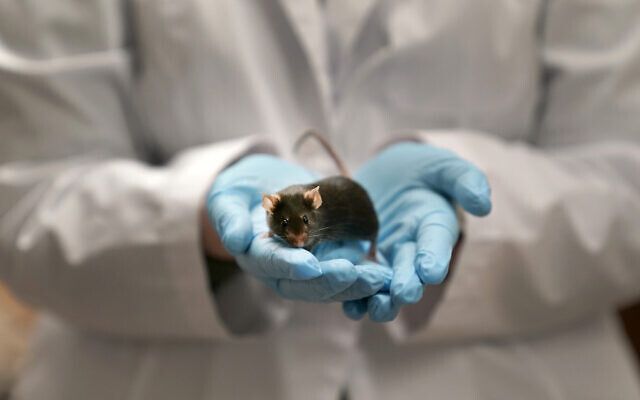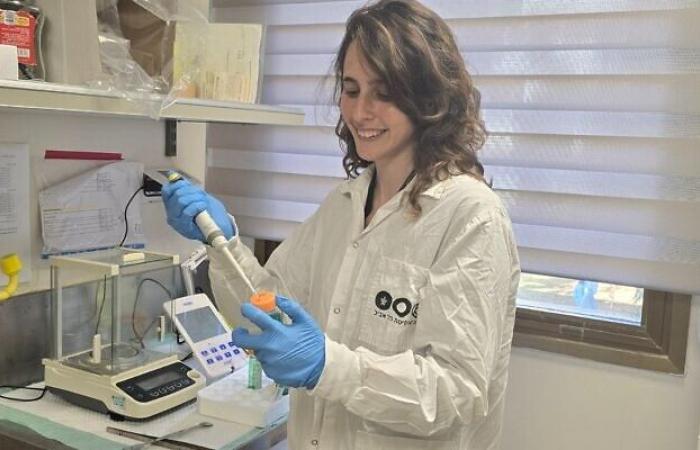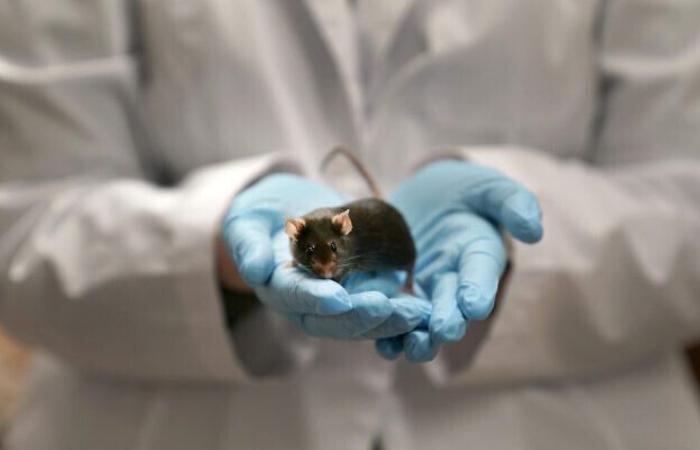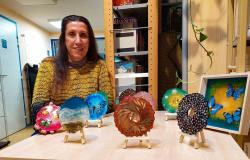Researchers at Tel Aviv University say they have identified a genetic mutation in the brain that could cause genetically induced autism.
The discovery of the SHANK3 gene mutation, responsible for around a million cases of autism worldwide, could make it possible to effectively treat this type of autism.
The study was led by Professor Boaz Barak and doctoral student Inbar Fischer from the university’s School of Neuroscience and Psychological Sciences, Professor Ben Maoz from the Faculty of Engineering and Professor Shani Stern from the Department of Neurobiology from the University of Haifa.
Receive our daily edition for free by email so you don’t miss the best news. Free registration!
“This technology will help us develop treatments that may improve some of the symptoms of autism,” Barak and Fischer told the Times of Israel during a teleconference.
The study was published two weeks ago in the peer-reviewed journal Science Advances.
Autism SHANK3
People with SHANK3 autism, like other forms of autism, may have language delays or no speech at all, difficulties with social interaction, motor impairments and repetitive behaviors.
There is, however, a spectrum of severity, with some people experiencing milder symptoms or less intellectual disability than others.
Illustration. Representation of neurons with myelin that connect different regions of the mouse brain. (Credit: Inbar Fischer)
In a healthy brain, Barak explained, cells send messages to each other through synapses. These synapses allow us to think, learn, speak and feel.
But damage to the SHANK3 gene can disrupt these message transmissions, thereby hindering brain development and function. People with SHANK3 autism have faulty synapses that affect the communication network between neurons in the brain.
“We know that the protein encoded by SHANK3 plays a central role in proper brain communication,” Barak said.
Neurons receive information, he explains, and receptors take it and pass it on to the next cell, and then the next.
Professor Boaz Barak of the Faculty of Neuroscience and Psychological Sciences at Tel Aviv University. (Credit: Tel Aviv University)
The role of myelin
The researchers focused on brain cells known as oligodendrocytes, which produce myelin, a fatty layer that insulates nerve fibers.
“Myelin is essential,” says Barak. “It’s like the covering of electrical cables in your house.”
Researchers hypothesize that SHANK3 plays an important role in creating myelin, Fischer says.
They used an autistic mouse model with the same mutation that appears in humans with SHANK3 autism.
They observed that when myelin is defective, it does not insulate neurons.
“This disrupts the transmission of messages between brain regions and impairs brain function,” Fischer said.
Finding a genetic solution
After understanding the problem, researchers sought a method to repair the damage caused by the genetic mutation.
Scientists took stem cells from the skin of a young girl with SHANK3 autism identical to that of mice. From these stem cells, they generated the genetic sequence of a healthy SHANK3 gene and introduced it into the mutated cells.

Illustrative: Research assistant Katie McCullough holds a mouse in a University of Washington lab where doctors are studying a rare form of autism, December 15, 2021. (AP/Jeff Roberson)
“We managed to give these cells the right sequence and improve the structure and function of the cells’ proteins,” Fischer said. “This could lead to genetic treatment to be administered to patients in the future.”
Although the researchers worked on mouse cells, they added the human genetic sequence “to take it to the next level.”
“We know this sequence works and could be developed in the future as a genetic therapy for the treatment of autism,” she said.








